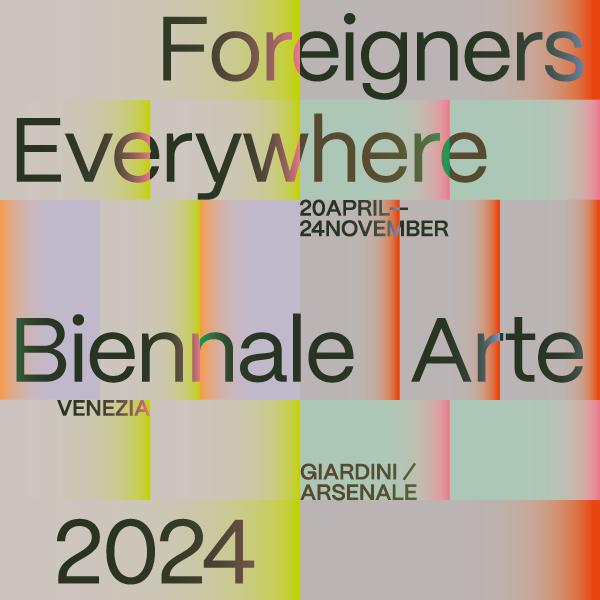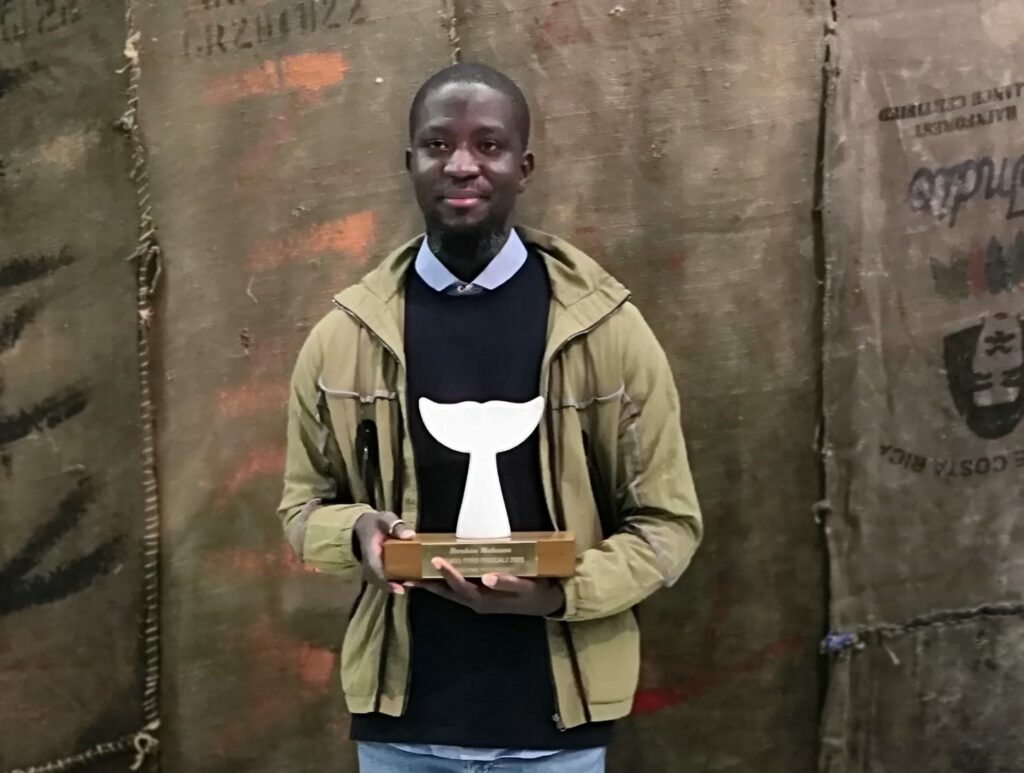The 60th International Art Exhibition of La Biennale di Venezia, slated from April 20 to November 24, 2024, curated by Adriano Pedrosa under the theme “Stranieri Ovunque – Foreigners Everywhere,” promises a global celebration of artistic diversity and innovation. Amidst this grandeur, the African continent asserts its presence with twelve pavilions showcasing the rich tapestry of its artistic heritage and contemporary creativity. From Benin’s exploration of fragility to Zimbabwe’s diverse array of voices, these pavilions reflect the continent’s cultural richness and artistic vitality.
As the African pavilions converge in Venice, they showcase a diverse range of themes, mediums, and perspectives. From Cameroon’s introspective journey on identity to Egypt’s bold reinterpretation of historical narratives, each exhibition invites viewers on a captivating exploration of Africa’s past, present, and future. Through vibrant paintings, immersive installations, and thought-provoking sculptures, these pavilions challenge perceptions, spark dialogue, and celebrate the resilience of African artistry on the global stage.
Moreover, the Venice Biennale 2024 will feature the International Exhibition in the Central Pavilion (Giardini) and in the Arsenale, with a total of 332 participants across two sections: the Nucleo Contemporaneo and the Nucleo Storico. Additionally, 87 National Participations will be showcased in the historic Pavilions at the Giardini, at the Arsenale, and in the city center of Venice, further enriching the cultural tapestry of this prestigious event.
Below, we delve into the narratives and artistic expressions of these African pavilions, each contributing to the vibrant mosaic of voices at the Venice Biennale 2024.

1. Benin (Republic Of)
Benin marks its debut at the Venice Biennale with a poignant reflection on the fragility and resilience of its cultural heritage. Spearheaded by Commissioner José Pliya and curated by Azu Henry Nwagbogu, the pavilion embarks on a profound exploration of indigenous philosophies, amidst a broader discourse on the restitution of Benin’s royal treasures. Titled “Everything Precious Is Fragile,” the exhibition delves into the intricacies of the Vodun religion, the enduring scars of the slave trade, and the reverential Gẹlẹdẹ ritual honoring maternal figures. Curator Nwagbogu, drawing from his distinguished tenure at the Zeitz Museum of Contemporary Art Africa, infuses the showcase with a compelling feminist perspective, amplifying voices that transcend borders and generations.
At the heart of the pavilion lie the works of Chloé Quenum, Moufouli Bello, Ishola Akpo, and Romuald Hazoumè—artists whose collective vision illuminates Benin’s cultural tapestry. While Hazoumè enjoys global renown, Quenum, Bello, and Akpo offer fresh perspectives that promise to captivate audiences and elevate their artistic prominence. Together, they invite visitors to contemplate the delicate balance between heritage and modernity, underscoring the enduring relevance of Benin’s cultural narrative on the world stage.

2. Cameroon (Republic Of)
Cameroon shines at the Venice Biennale with its pavilion titled “Nemo Propheta in Patria.” Led by Commissioner Serge Achille Ndouma and curated by Paul Emmanuel Loga Mahop and Sandro Orlandi Stagl, the exhibition explores identity, belonging, and culture. Located at Palazzo Donà delle Rose, Fondamente Nove, 5038, the pavilion features a diverse group of artists including Jean Michel Dissake, Hako Hankson, Kendji & Ollo Arts, Patrick-Joël Tatcheda Yonkeu, Guy Wouete, Angelo Accardi, Julia Bornefeld, Cesare Catania, Adélaïde Laurent-Bellue, Franco Mazzucchelli, Rex, Edna Volcan, Giorgio Tentolini, and Liu Youju. Through various artworks, the pavilion offers a journey through Cameroon’s rich cultural landscape, challenging perceptions and celebrating its artistic heritage.
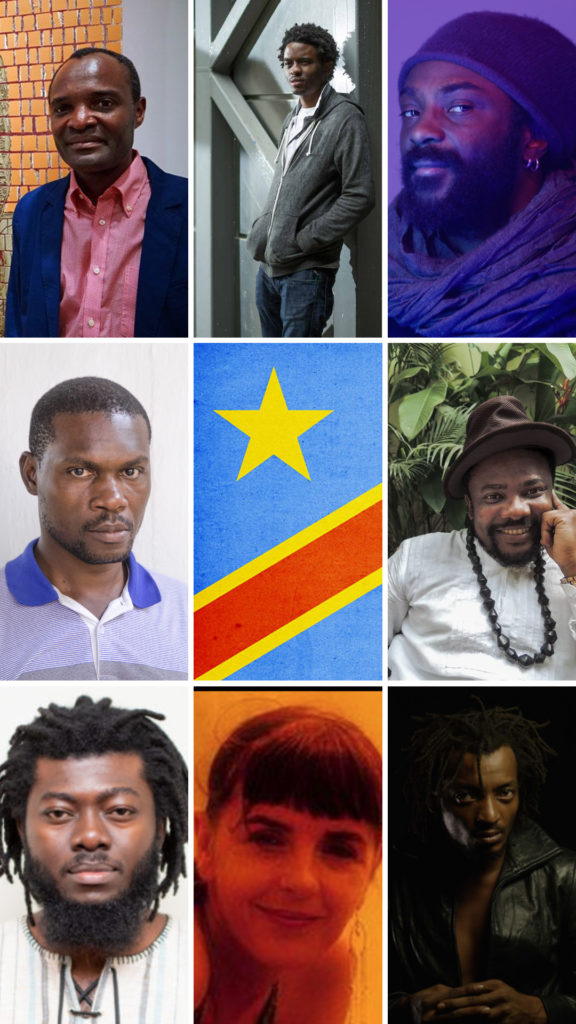
3. Congo (Democratic Republic Of The)
In a compelling juxtaposition to a Congolese workers’ collective’s occupation of the Dutch Pavilion, the Democratic Republic of Congo presents its own showcase titled “LITHIUM.” Set at the Gervasuti Foundation in Palazzo Canova, Calle longa Santa Caterina, Cannaregio 4998 – 5001/a, the exhibition features a distinguished roster of Congolese artists curated by Michele Gervasuti and James Putnam. Commissioner Joseph Ibongo Gilungula oversees the pavilion, which includes the participation of Aimé Mpane, Eddy Kamuanga Ilunga, Eddy Ekete, Jean Katambayi Mukendi, Cédric Sungo, Steve Bandoma, Eléonore Hellio, and Michel Ekeba from the collective Kongo Astronauts. Through their artworks, the pavilion offers a compelling narrative that reflects the diverse cultural landscape and artistic innovation of the Democratic Republic of Congo.
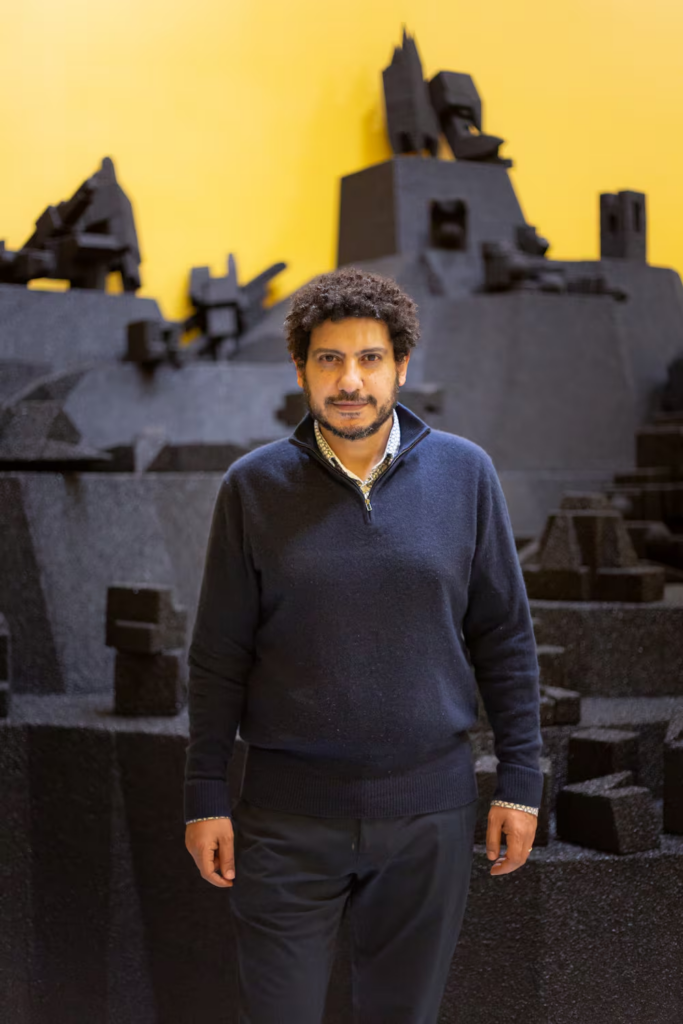
4. Egypt
Egypt commands attention at the Venice Biennale with its pavilion, featuring the evocative exhibition titled “Drama 1882 – دراما ١٨٨٢.” Renowned artist Wael Shawky assumes a central role, representing Egypt with his compelling solo showcase at the Museo di Palazzo Grimani, accompanied by new creations exhibited as part of the collection of Qatar Museums Authority. Shawky’s artistic repertoire, characterized by performances and videos challenging established historical narratives, prompts viewers to reassess past events through a fresh perspective.
Commissioned by the Ministero della Cultura Egiziano – Accademia d’Egitto and curated by Shawky himself, the pavilion at the Giardini stands as a testament to Egypt’s rich cultural heritage and artistic innovation. At the core of the pavilion stands Shawky’s latest video masterpiece, “Drama 1882,” delving into a pivotal moment during the Urabi revolt—a significant uprising in Egypt’s Alexandria. This historical backdrop, fraught with violence and upheaval, serves as a poignant canvas for Shawky’s exploration of nationalism, colonialism, and the intricate facets of Egyptian identity. Through meticulous research and artistic reinterpretation, Shawky presents a multifaceted narrative transcending conventional historical accounts, encouraging viewers to confront the enduring echoes of past conflicts in the contemporary era. With his bold artistic vision and innovative storytelling approach, Shawky promises to captivate audiences and spark meaningful discourse on the intersections of history, memory, and modern reality.

5. Ethiopia
Ethiopia marks its debut at the Venice Biennale with the captivating exhibition “Prejudice and Belonging.” Curated by Lemn Sissay OBE, the pavilion, housed within the storied Palazzo Bollani, presents the evocative works of Tesfaye Urgessa. Urgessa, acclaimed internationally for his poignant artworks, offers a profound exploration of identity, belonging, and the human experience through his striking paintings.
Born in 1983, Urgessa’s artistic journey has garnered widespread recognition, with recent exhibitions including “Tesfaye Urgessa in Miami” at Saatchi Yates during Miami Art Week 2022 and “No Country for Young Men” at Addis Fine Art in 2019. His inclusion in The Artsy Vanguard 2023–2024 further underscores his rising prominence in the global art scene. Urgessa’s paintings, characterized by their raw emotion and striking visual impact, depict human figures amidst domestic settings, conveying a profound sense of vulnerability and resilience. Through his art, Urgessa navigates themes of race, identity, and displacement, drawing from his personal experiences as an Ethiopian artist living in Germany. His works serve as powerful reflections on the complexities of contemporary society, inviting viewers to engage in introspection and dialogue. As Ethiopia’s inaugural participation at the Venice Biennale, Urgessa’s presence promises to captivate audiences and contribute to the rich tapestry of global artistic expression.
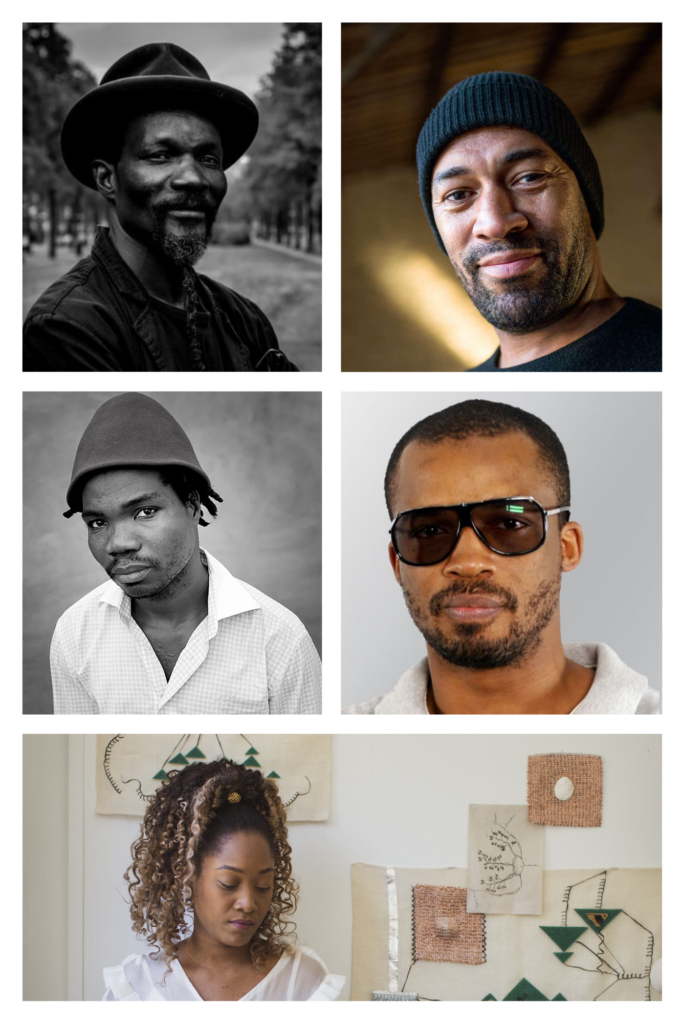
6. Ivory Coast
Ivory Coast makes a notable presence at the Venice Biennale with its exhibition titled “The Blue Note.” Curated by Simon Njami and overseen by Commissioner Illa Ginette Donwahi, the pavilion at Centro Culturale Don Orione Artigianelli – Dorsoduro 947 showcases the works of five esteemed Ivorian artists: Jems Koko Bi, François Xavier Gbré, Sadikou Oukpedjo, Franck Abd-Bakar Fanny, and Marie Claire Messouma.
Entitled “Blue Note,” the pavilion offers a captivating journey into the artistic landscape of Ivory Coast, exploring themes of culture, identity, and history through a diverse range of artistic expressions. Through the unique perspectives and creative voices of these talented artists, the exhibition promises to captivate audiences and foster meaningful dialogue within the vibrant cultural tapestry of the Venice Biennale.
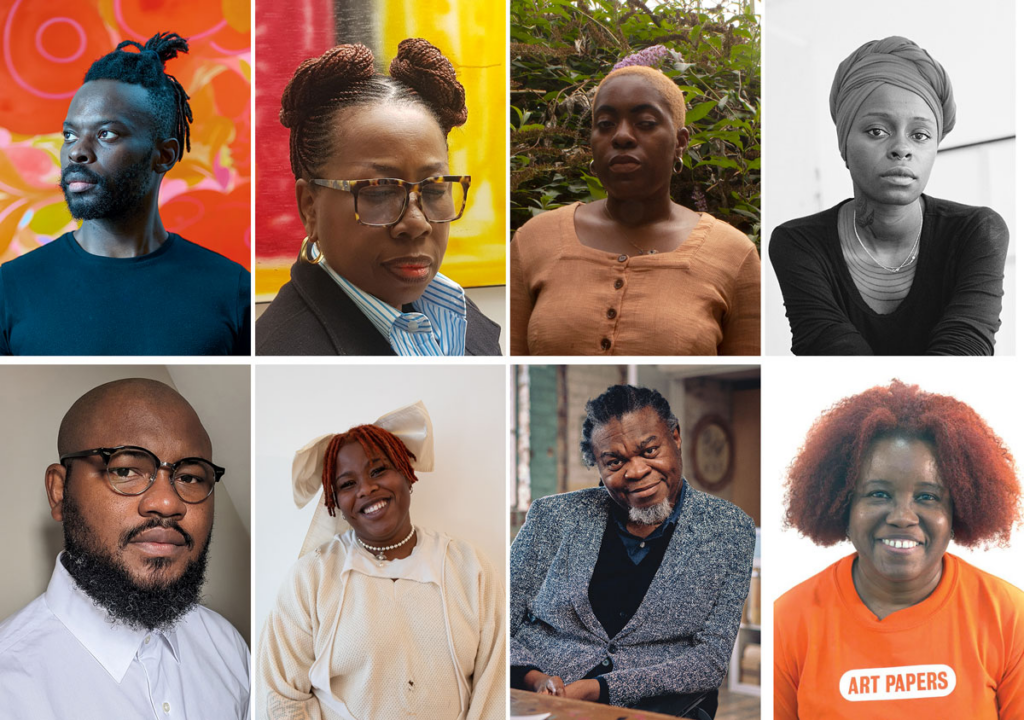
7. Nigeria
Marking its second-ever appearance at the Venice Biennale, the Nigerian Pavilion returns with the compelling exhibition titled “Nigerian Imaginary.” Curated by Aindrea Emelife and commissioned by Godwin Obaseki, Governor of Nigeria’s Edo State, the pavilion features the works of nine distinguished Nigerian and Nigerian diasporic artists: Tunji Adeniyi-Jones, Ndidi Dike, Onyeka Igwe, Toyin Ojih Odutola, Abraham Oghobase, Precious Okoyomon, Yinka Shonibare CBE RA, and Fatimah Tuggar.
This intergenerational group exhibition offers a multifaceted exploration of the diverse narratives and cultural landscapes that define Nigeria. From the vibrant colors of traditional heritage to the thought-provoking perspectives on contemporary identity, the artists delve into themes of tradition, modernity, and the ever-evolving concept of Nigerian identity. Through a variety of mediums and artistic approaches, “Nigerian Imaginary” invites audiences to engage with a rich tapestry of visual storytelling that transcends boundaries and celebrates the dynamic creativity of Nigerian artistry.
Nigeria’s participation in the Venice Biennale reflects a broader commitment to showcasing the country’s artistic talent on the global stage. With “Nigerian Imaginary,” the pavilion not only celebrates the rich heritage and cultural diversity of Nigeria but also underscores the significance of its continued presence at one of the world’s most prestigious art events. As the second-ever Nigerian pavilion at the Biennale, this exhibition heralds a new chapter in the country’s artistic journey, offering an immersive experience that sparks dialogue, fosters understanding, and reaffirms Nigeria’s vibrant cultural legacy on the international stage.

8. Senegal
Senegal makes its much-anticipated debut at the Venice Biennale of Contemporary Art with a captivating showcase titled “Bokk – Bounds.” Spearheaded by curators Marième Ba and Massamba Mbaye, the Senegalese pavilion at the Arsenale introduces the world to the remarkable talents of Alioune Diagne, a prominent Franco-Senegalese painter renowned for his distinctive artistic style.
Alioune Diagne’s evocative works, characterized by vibrant colors and intricate compositions, offer a poignant exploration of Senegalese culture and heritage. Through his innovative “figuro-abstro” approach, Diagne delves into a myriad of themes ranging from the role of women and issues of discrimination to environmental concerns and the intergenerational transmission of knowledge. Drawing inspiration from both contemporary life and historical narratives, his paintings serve as visual narratives that reflect the rich tapestry of Senegalese society.
At the Senegal Pavilion, visitors will be treated to an immersive experience showcasing Diagne’s masterful canvases and thought-provoking installations. As Senegal’s inaugural participation at the Venice Biennale, “Bokk – Bounds” promises to captivate audiences with its celebration of artistic innovation and cultural heritage from the vibrant West African nation.
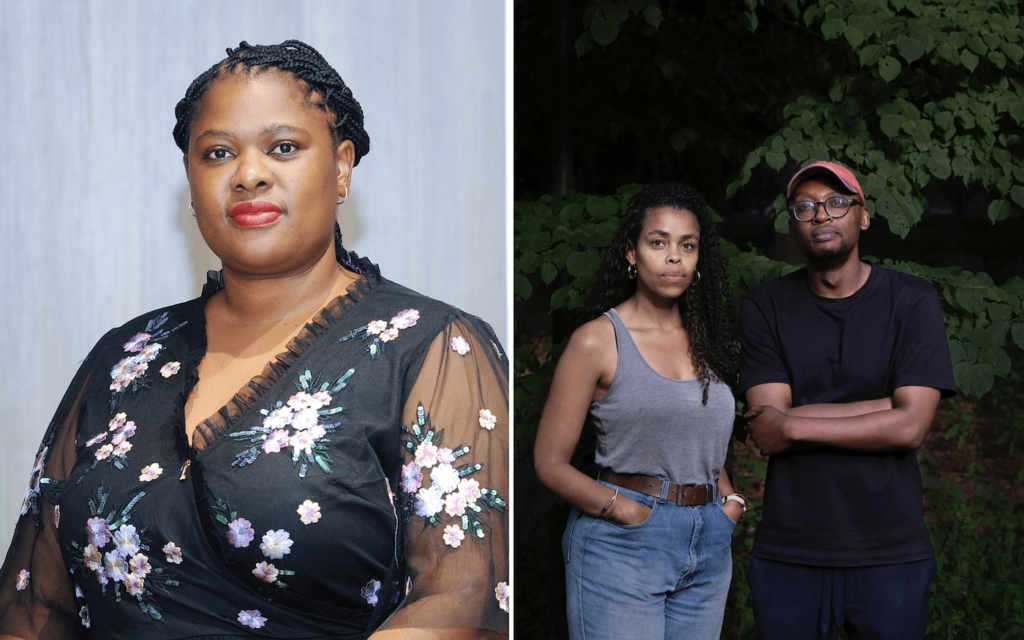
9. South Africa (Republic Of)
The South African Pavilion at the 60th Venice Biennale, under the title “Quiet Ground,” emerges as a poignant exploration of the nation’s complex history and ongoing struggles for justice. Directed by the Institute of Creative Repair and curated by Portia Malatjie, this exhibition marks South Africa’s seventh participation in the esteemed event, showcasing the works of the interdisciplinary art collective MADEYOULOOK, composed of Molemo Moiloa and Nare Mokgotho. Through their immersive sound installation titled “Dinokana (2024),” specifically commissioned for the Biennale, MADEYOULOOK delves into narratives of forced migration and land dispossession, resonating deeply with the overarching theme of the Venice Biennale, “Strangers Everywhere (Stranieri Ovunque).”
With “Quiet Ground,” the South African Pavilion offers a powerful reflection on the country’s tumultuous journey toward democracy and the ongoing quest for healing and restitution. Divided into thematic sections exploring art in South Africa, the significance of land as a repository of knowledge, and concepts of reparative justice through artistic expression, the exhibition invites viewers to engage with the complexities of South Africa’s socio-political landscape. Through innovative artistic practices, the pavilion not only commemorates the 30th anniversary of democracy in South Africa but also underscores the enduring struggles of marginalized communities while affirming the transformative potential of art in fostering dialogue and reconciliation.

10. Tanzania (United Republic Of)
The United Republic of Tanzania makes a striking debut at the Venice Biennale 2024 with its pavilion titled “A Flight in Reverse Mirrors.” Spearheaded by Commissioner Leah Kihimbi, Deputy Director for Arts from the Ministry of Culture, Arts and Sports, and curated by Enrico Bittoto, the pavilion promises a thought-provoking exploration of the human-nature relationship. Set against the backdrop of the Factory of Seeing – Carlo Montanaro Archive in Venice, the exhibition features works by artists Happy Robert, Naby, Haji Chilonga, and Lute Mwakisopile, each offering a unique perspective on the concept of the ‘Other.’
Within the immersive space of the “Fabbrica del Vedere,” characterized by its mirrored “imaginary rooms,” the artists delve into themes of travel, encounter, self-redefinition, and mediation, inviting viewers on a journey of introspection and reflection. Their distinct sensibilities converge to create a dialogue between the human experience and the natural world, challenging conventional notions of identity and interconnectedness. Through their evocative artworks, the Tanzanian pavilion invites visitors to contemplate the intricate web of relationships that bind humanity and nature, offering insights into the complexities of existence in an ever-changing world.

11. Uganda
Uganda is making its mark at the 60th Venice Biennale with the theme “Wan Acel,” which means “We are one” in Alur. Led by curators Juliana Naumo Akoryo and Elizabeth Acaye Kerunen, the Ugandan pavilion showcases a diverse range of artists at the Bragora Gallery. Among them are the Artisan Weavers’ Collective, Sana Gateja, Taga Nuwagaba, Xenson Ssenkaba, Jose Hendo, and Odur Ronald. The exhibition, titled “WAN ACEL | TULIBAMU | TURIBAMWE | WE ARE ONE,” challenges traditional barriers in the art world, aiming to create a space where artists and makers from Uganda can thrive without unnecessary hierarchies. Through a mix of sculpture, architecture, materiality, and craftsmanship, the exhibition presents a rich narrative that explores themes of identity, culture, and community. Materials like bark cloth, black asper bamboo, paper beads, and natural fibers, alongside video installations and sound, come together to create a multi-sensory experience that reflects the essence of Ugandan art and heritage.
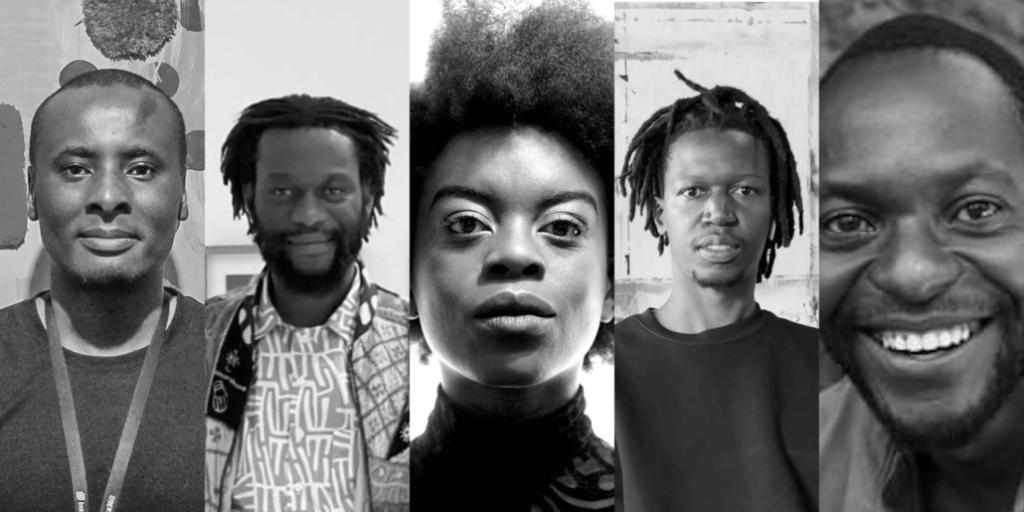
12. ZIMBABWE (REPUBLIC OF)
Zimbabwe’s participation in the 60th International Art Exhibition La Biennale di Venezia marks its seventh consecutive appearance, a testament to its growing presence on the global art stage. Led by Commissioner Raphael Chikukwa and Curator Fadzai Veronica Muchemwa, the Zimbabwean pavilion presents a diverse array of artistic voices, including Gillian Rosselli, Sekai Machache, Moffat Takadiwa, Kombo Chapfika, and Troy Makaza. Each artist brings a unique perspective and medium to the exhibition, contributing to a rich tapestry of Zimbabwean creativity. From Gillian Rosselli’s exploration of socio-economic challenges through versatile artistic processes to Sekai Machache’s introspective photography capturing the nuances of cultural and historical utopia, the pavilion promises to offer visitors a thought-provoking and immersive experience.
Moffat Takadiwa’s recycled art sculptures challenge notions of consumption and waste, highlighting the environmental and social impacts of overconsumption. Meanwhile, Kombo Chapfika’s multidisciplinary approach to art blurs boundaries between different media, creating innovative and captivating works that reflect the complexity of contemporary Zimbabwean society. Troy Makaza’s woven pieces, resembling intricate spider webs, serve as powerful metaphors for the delicate balance between tradition and modernity, intimacy, and social dynamics in Zimbabwe. Together, these artists represent the vibrancy and diversity of Zimbabwean art, offering visitors to the Biennale a glimpse into the country’s rich cultural heritage and contemporary artistic landscape.
This kaleidoscopic array of African pavilions promises to enrich the Venice Biennale 2024 with diverse narratives, artistic expressions, and cultural insights, offering visitors a profound encounter with the continent’s dynamic creative spirit.
